Fruit Salad Tree Thinning: How To Remove Fruit Salad Tree Fruit
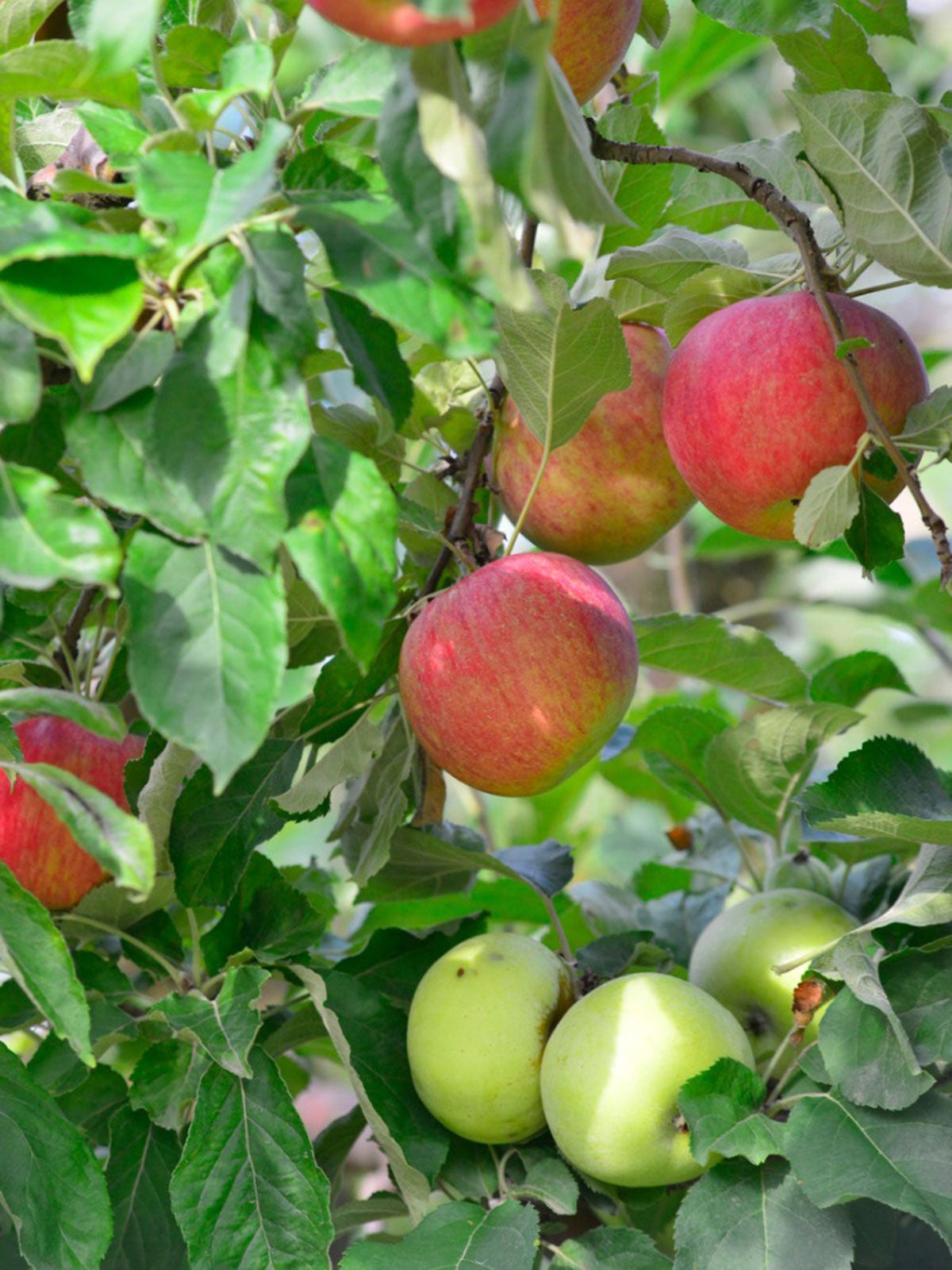

If you crave a fruit salad right from your garden, you should invest in a fruit salad tree. These come in apple, citrus, and stone fruit varieties with several types of fruit on one tree. In order to get your tree off to a good start you must train it young. Balancing fruit salad tree limbs will develop a stronger tree that can bear the weight of all those delicious fruits.
Why Remove Fruit Salad Tree Fruit?
The breeding programs for fruit trees are so advanced that you can now have a wide variety of fruits on the same tree. In the first few years, you should thin fruit on a fruit salad tree to avoid stressing young limbs.
Fruit salad tree thinning will allow the plant to spend more energy on developing strong limbs and a good scaffold that will support future crops. The time and method of pruning will encourage good growth.
Fruit salad trees are made by grafting the mature scion material from various fruit trees to a rootstock. Since the plant material was mature, the trees could fruit within six months. While this may be very exciting, it can be bad for the young branches which are not thick enough for fruit and could break.
Additionally, the plant will be directing its energy to forming the fruit instead of bulking up its limbs. This is why experts recommend you remove fruit salad tree fruit for the first and second years.
When to Thin Fruit on a Fruit Salad Tree
These trees bloom in spring and begin producing tiny fruits shortly after petal drop. Depending upon species this will be around April or May. If you begin fruit salad tree thinning too early stone fruits can split but thinning too late can cause remaining fruit to be too small. Fruits are ready to be thinned 35 to 45 days after bloom on average. Typically, you thin at a certain size.
- Apples and Pears - 1/2 to 1 inch (1-2.5 cm.)
- Stone fruits - 3/4 to 1 inch (2-2.5 cm.)
- Citrus - As soon as visible
Methods of Thinning
This practice of removing some fruit is beneficial to the tree but care must be taken to prevent any harm. You can use your index finger and thumb in a pincher motion and twist off fruit. This is useful on young trees that are not yet tall.
Gardening tips, videos, info and more delivered right to your inbox!
Sign up for the Gardening Know How newsletter today and receive a free copy of our e-book "How to Grow Delicious Tomatoes".
However, balancing fruit salad tree limbs by thinning is also a good idea for mature trees to prevent disease and allow existing fruit to grow larger. In this case, sterilize sharp pruning shears or a pole and cut off excess or crowded fruit. It is important to clean the cutting tool to avoid spreading disease.
With just a little effort thinning the tree will support a bigger crop while also promoting a healthier tree.

Bonnie Grant is a professional landscaper with a Certification in Urban Gardening. She has been gardening and writing for 15 years. A former professional chef, she has a passion for edible landscaping.
-
 Creative Ideas For Plant Containers: 7 Ways To Save Money And Add Charm To A Garden
Creative Ideas For Plant Containers: 7 Ways To Save Money And Add Charm To A GardenIf you are looking for great ways to add personality to your container gardening – and even save yourself some money – then try these creative ideas for plant containers
By Mary Ellen Ellis
-
 How To Make A Bouquet Garni Or Herb Bundle For Cooking
How To Make A Bouquet Garni Or Herb Bundle For CookingIf you’re a great cook, you may have made an herb bundle before. If this is a new idea, learn how to add sparkle and interest to your dish with a bouquet garni.
By Amy Grant
-
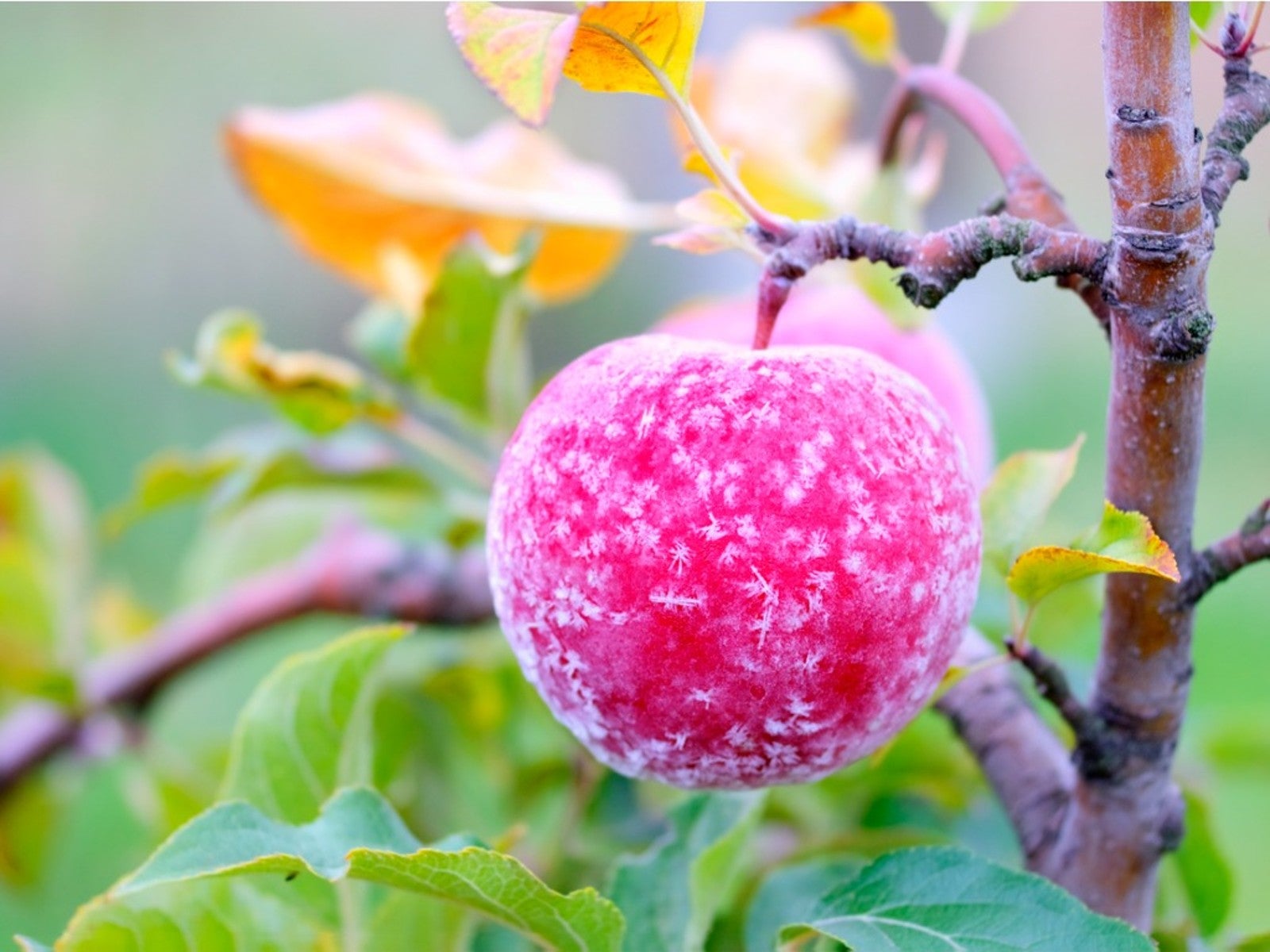 How To Protect Fruit Trees From Frost And Freeze
How To Protect Fruit Trees From Frost And FreezeChoosing fruit trees appropriate for your growing zone is best, but you still may need to protect them from extreme cold. Read how.
By Bonnie L. Grant
-
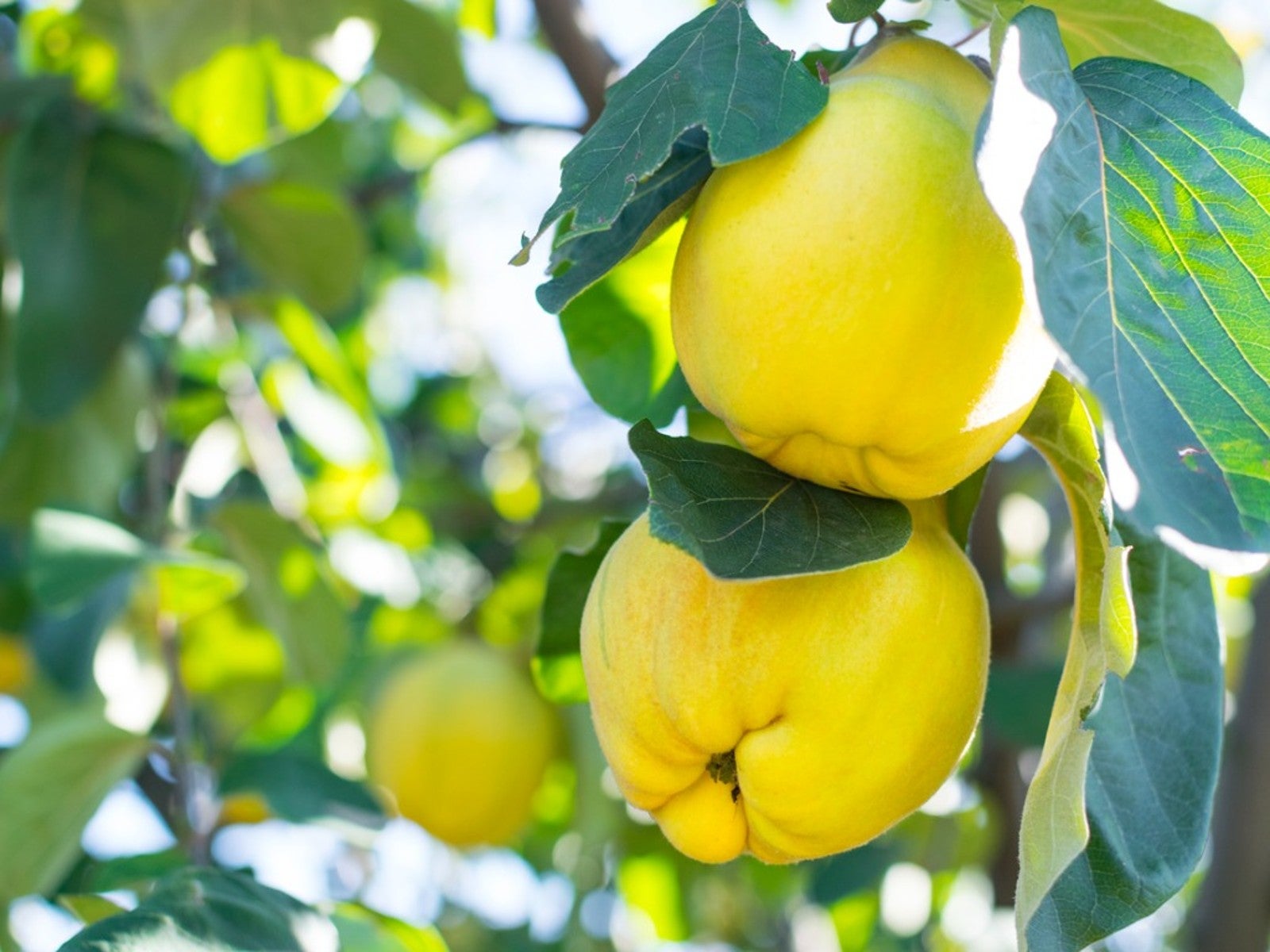 Best Plants For Late Summer and Fall Fruit Harvest
Best Plants For Late Summer and Fall Fruit HarvestEven if you don’t have the optimal conditions for more common fruit trees, there are other end of summer fruits to enjoy.
By Teo Spengler
-
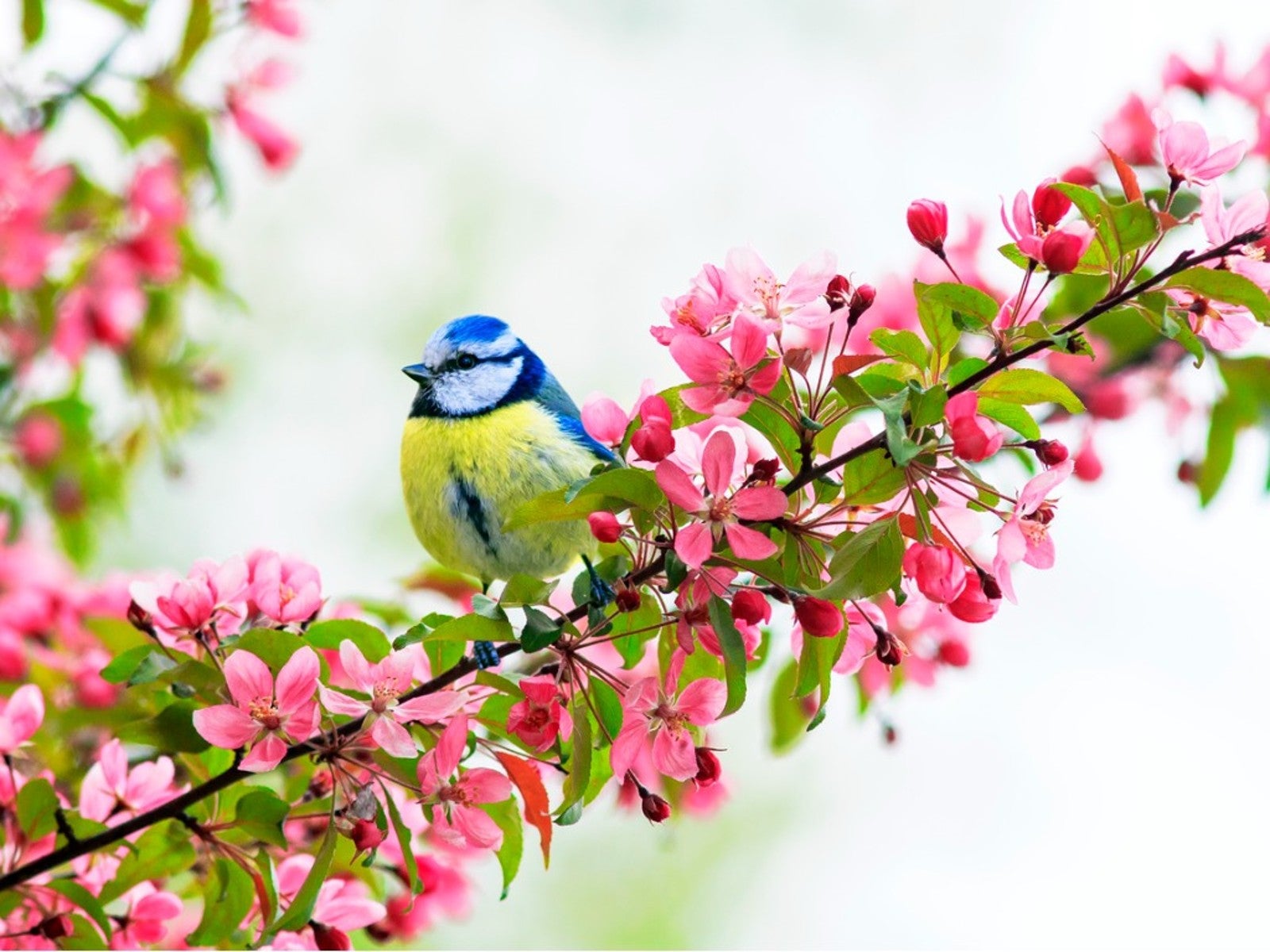 Best Native Fruit Trees To Support Wildlife
Best Native Fruit Trees To Support WildlifeIf you want trees that will attract and feed wildlife, learn the best kinds of edible fruit and nut trees to plant for inviting specific creatures.
By Teo Spengler
-
 Orange Fruit Varieties: Growing Fruits That Are Orange
Orange Fruit Varieties: Growing Fruits That Are OrangeOrange colored fruit isn’t limited to the citrus orange. There are plenty of other orange colored fruit varieties, each packing a healthful punch. Read on for more.
By Amy Grant
-
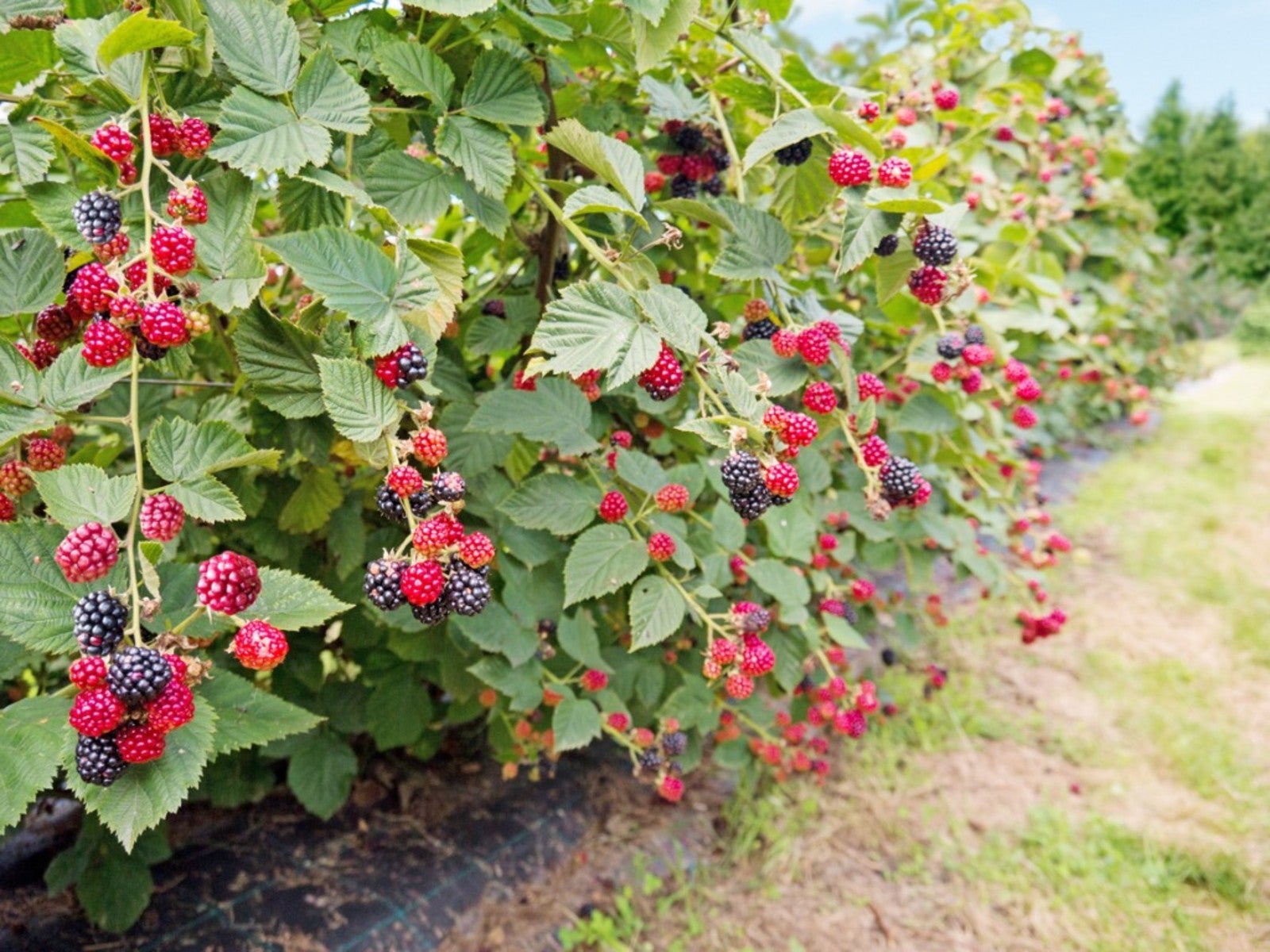 Everbearing Plants: Learn About Everbearing Varieties Of Fruit
Everbearing Plants: Learn About Everbearing Varieties Of FruitWhat does everbearing mean? And more importantly, how do everbearing varieties differ from non-everbearing types? Read on for more.
By Laura Miller
-
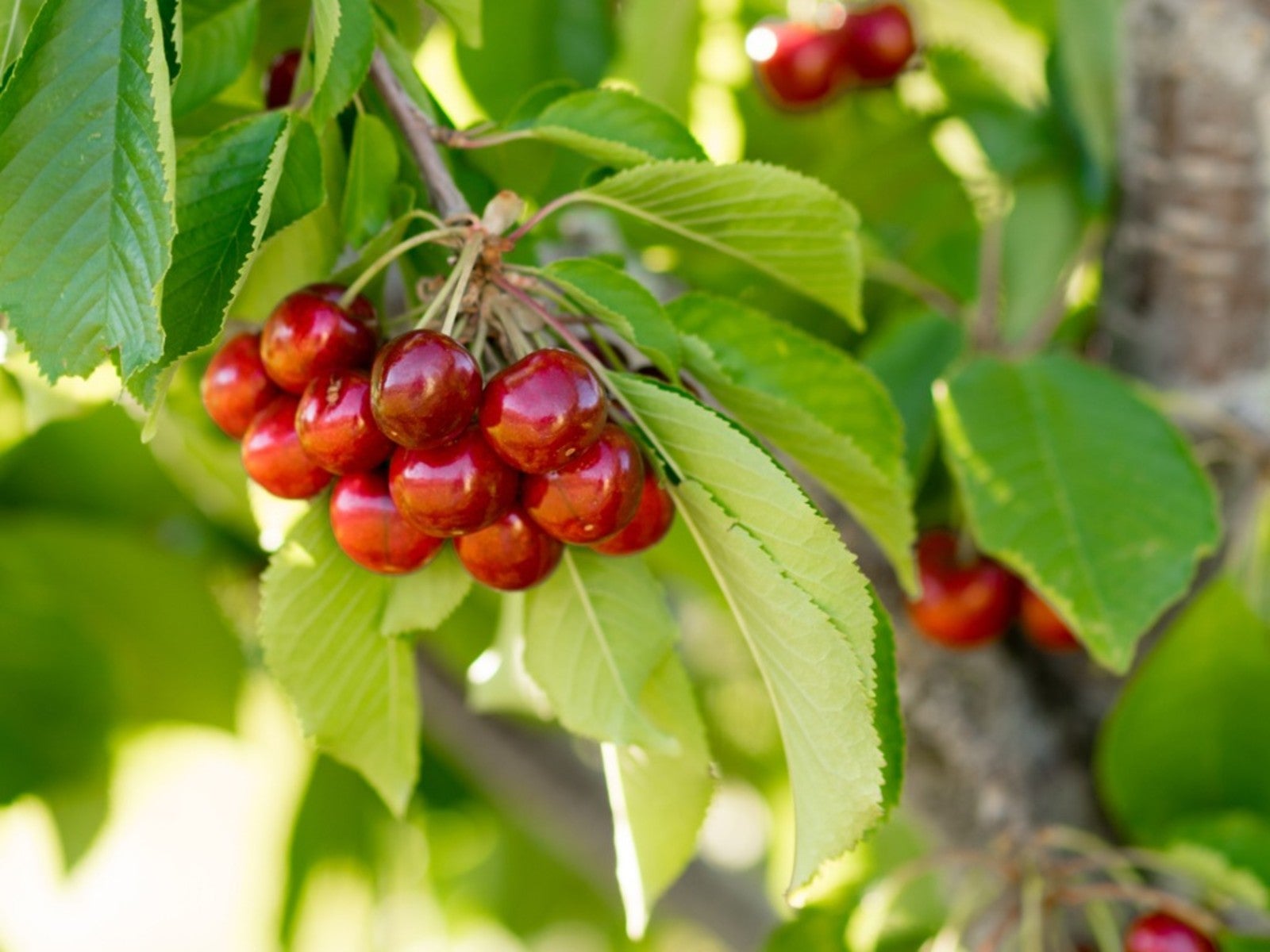 Plant A Red Fruit Garden: Growing Fruits With Red Flesh
Plant A Red Fruit Garden: Growing Fruits With Red FleshPlanting a red fruit garden may seem a bit whimsical. That is, until you realize the health benefits of consuming fruits with red flesh.
By Laura Miller
-
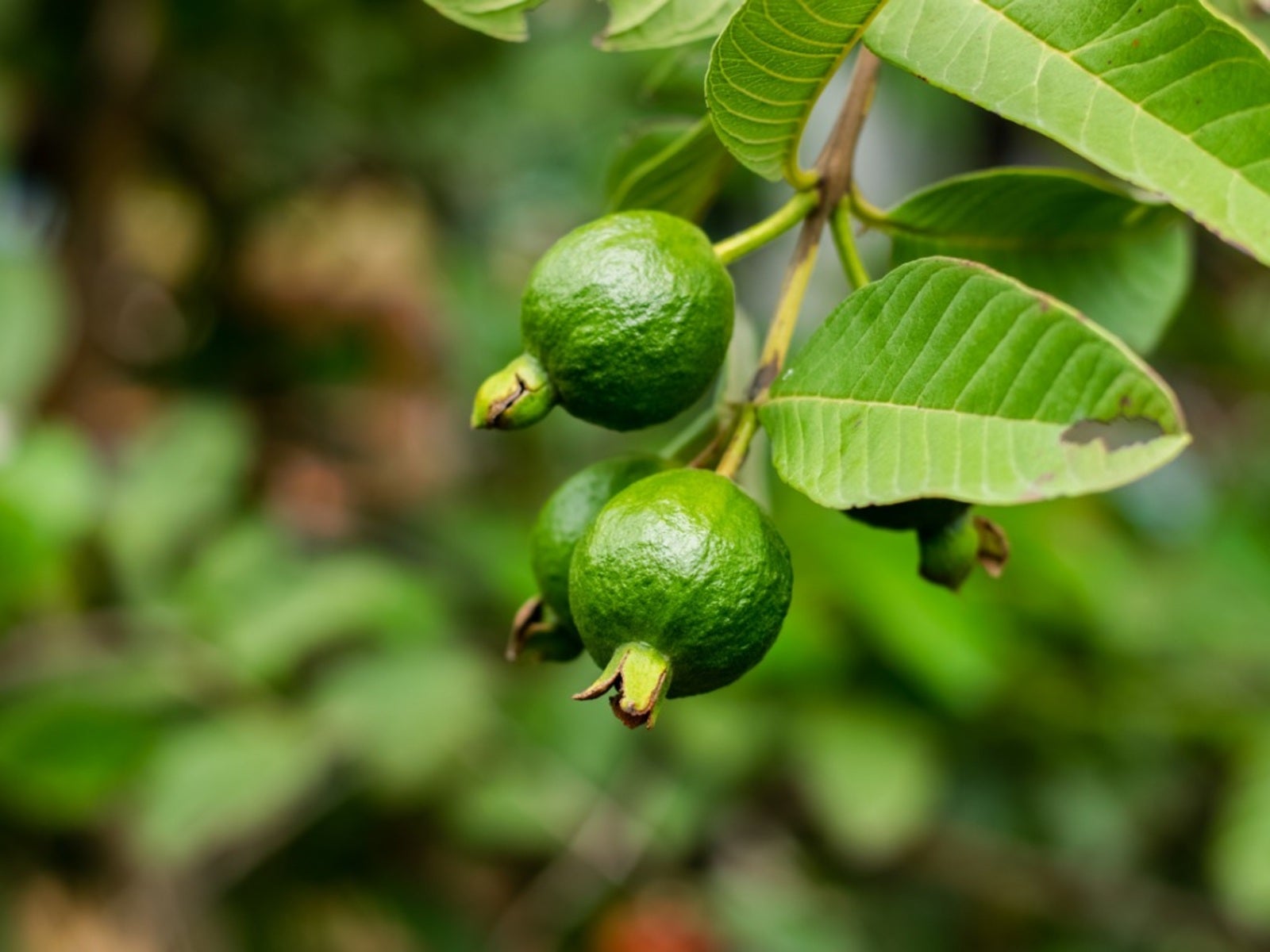 Heat Tolerant Fruits - Growing Fruit In Hot Weather
Heat Tolerant Fruits - Growing Fruit In Hot WeatherSome fruit grows in extreme heat naturally. But there are also specially cultivated, heat-tolerant varieties. For more information on heat tolerant fruits, read on.
By Teo Spengler
-
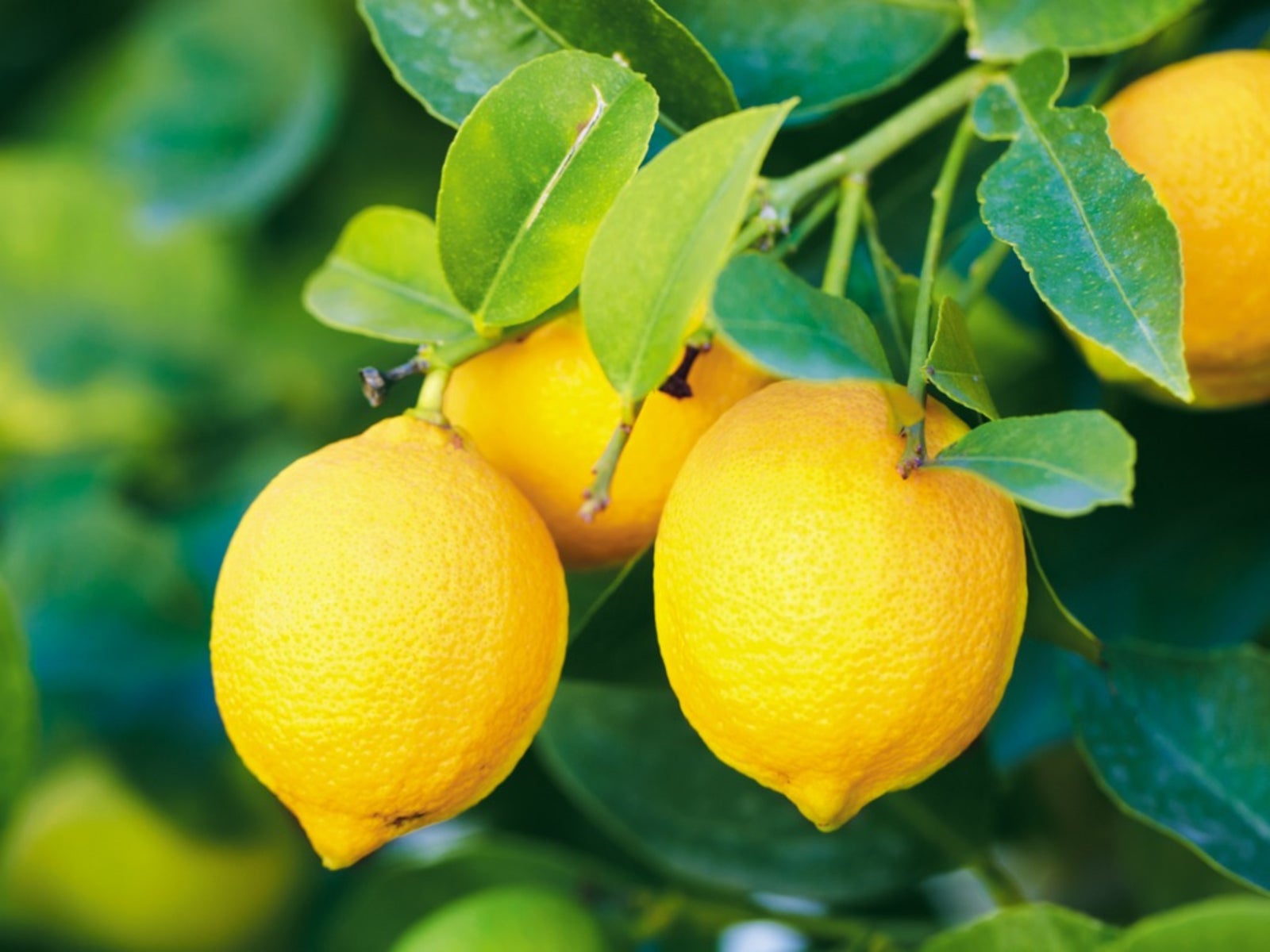 Yellow Fruit Varieties - Growing Fruit That Is Yellow
Yellow Fruit Varieties - Growing Fruit That Is YellowWhat fruit is yellow? There's more than the bananas at the supermarket. Try growing yellow fruit for a consistent supply of sunny food.
By Bonnie L. Grant